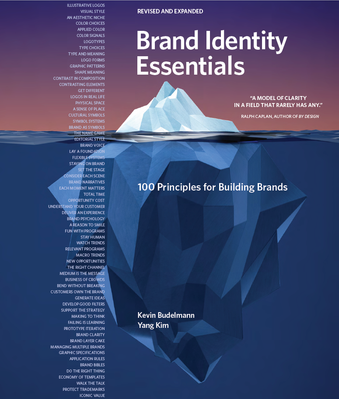
Peopledesign
The Built Environment
Furniture
Lighting
Textiles/Upholstery
Flooring/Carpet
Building Materials
AE Firms
Brand IP (Intellectual Property) - Protecting Brand Investments
Brand IP
Brand Intellectual Property
Protect Trademarks
Originality may not be the explicit business goal of a new brand project, but brand builders should stretch teams to be different than anything else in the marketplace to help legally protect the brand.
Just like names and taglines, the law recognizes a company’s logo as its intellectual property. Of course, a good designer wouldn’t intentionally create a logo that looked like an existing mark (especially in the same category or industry). However, so many logos have been developed in the last several decades that finding common, universally understood shapes or cultural icons that haven’t already been used can be difficult. Widespread access to new internet search tools including Google Images makes it even more obvious how much similar work is being done.
Beginning your identity projects with research may make it harder to finish the work, but research must be included at some point in your design process. Better to start early and know the competitive landscape than find out too late that your idea is too similar to one that already exists and is not protectable.

Ten Tips for Developing a Protectable Brand
(From our friends at McGarry Bair, Intellectual Property Counselors)
- Don’t be a copycat! Make your identity unique and legally protectable.
- Don’t adopt a descriptive identity. For example, The Books & Mugs Store is too hard to protect.
- Don’t step on toes. Be aware of comparable trademarks or trade dress.
- Evaluate risk. Get a risk-assessment search and legal opinion done on any brand names/taglines/logos/trade dress you plan to use.
- Protect patentable ideas. If your new identity involves a new and unique invention, seek patent counsel as soon as possible.
- Protect trademarks. Register any trademarks associated with your new identity.
- Protect copyrights. Register any copyrights associated with your new identity.
- Use proper notice markings. It may be a bother, but use TM, SM, ®, ©, and “patent pending” for your intellectual property (IP) on the product, packaging, and in marketing and promotions.
- Manage your IP assets. If another company or outside individual helps you with your identity, logos, trade dress, copyrights, etc.,
make sure their IP rights are assigned/transferred to your company so you can own and enforce those rights. - Ask for help. When in doubt—and even when
not in doubt—seek IP counsel.
“Brand Identity Essentials, Revised and Expanded” by Kevin Budelmann and Yang Kim, published by Rockport Publishers, an imprint of The Quarto Group. Copyright © 2010, 2019 Quarto Publishing Group USA Inc. All rights reserved.
Brand Identity Essentials
Our book is available in six languages and is in its second edition.

“A model for clarity in a field that rarely has any.”
– Ralph Caplan
Introduction | 100 Principles for Building Brands
Download Brand Framework | Brand Audit Template | Course Curriculum
